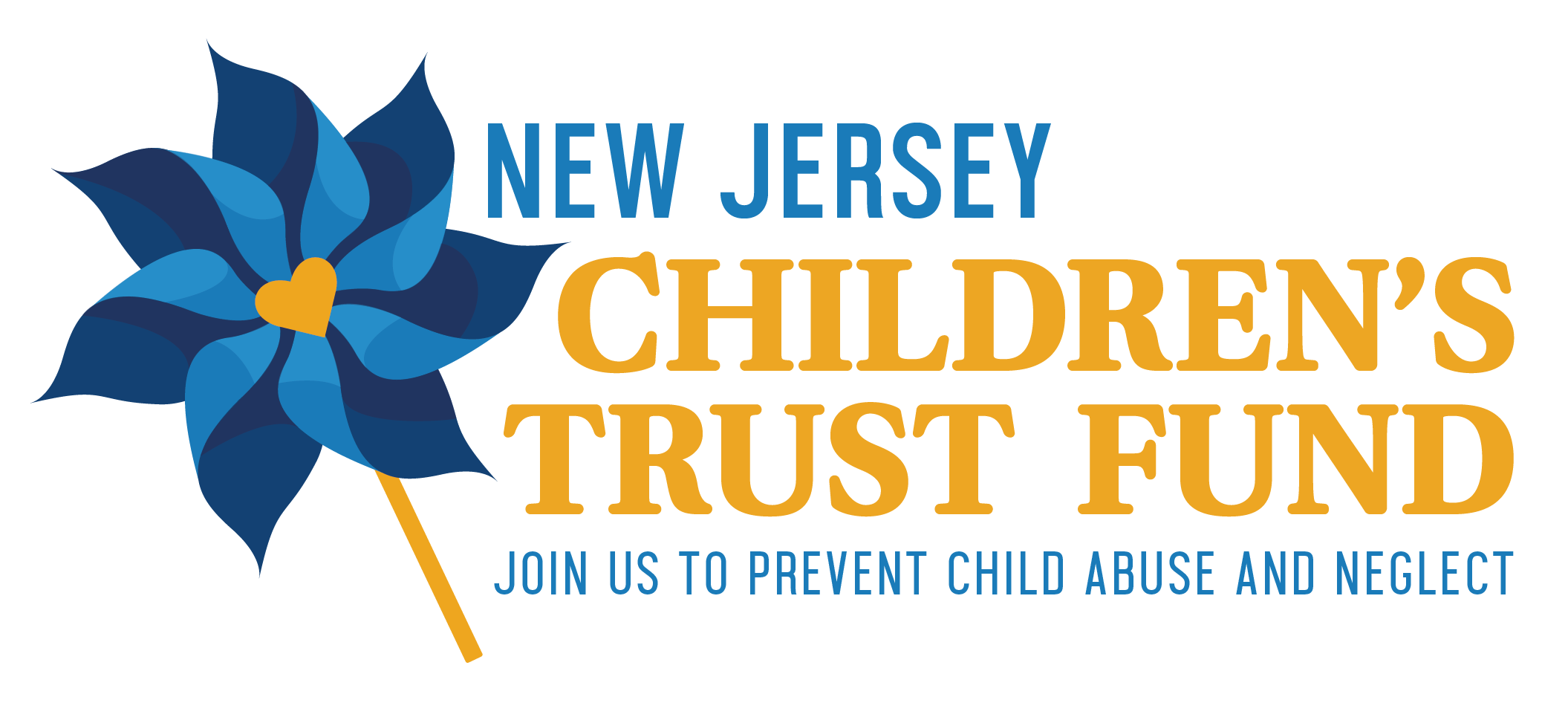The Move Away from Institutions and Group Settings
is a National Trend and Best Practice
| For Immediate Release | Contact: DCF Communications Office |
| April 10, 2019 | 609-888-7915 |
Trenton – New Jersey’s Child Welfare System excels in making sure that children and youth in foster care are living in family – rather than institutional or residential – settings during their time in foster care, according to the nationally recognized Annie E. Casey Foundation in its recent Keeping Kids in Families report.
“Since its creation in 2006, staff with the Department of Children and Families (DCF) has focused their work primarily on keeping families intact, when possible, or finding the least restrictive, most family-like setting whenever children have to be separated from their caregivers in order to keep them safe,” said DCF Commissioner, Christine Norbut Beyer. “New Jersey has been ahead of the curve for some time in this respect, but we continue to explore and implement new strategies that serve and support families in ways that work to prevent separation and help them to thrive.”
The report’s analysis, which utilizes data pulled from the Adoption and Foster Care Analysis and Reporting System (AFCARS), compares data from 2007 to the system’s most recent data period, 2017.
New Jersey was one of sixteen states, along with the District of Columbia, that places over ninety-percent (90%) of children in families. The data also showed New Jersey is one of only six states to place ninety-four percent (94%) or more of children in families. That compares to eighty-four percent (84%) family-setting placement ten years ago, and a national average of 86% in 2017.
At the height of child welfare reform in the Garden State, approximately 13,500 children were served outside of their homes. And most recently, from January 2018 to January 2019, DCF safely reduced the number of children in foster care placement by 10 percent.
“Our own data shows that out of nearly 49,000 youth served in a month, there are only an estimated 5,600 children placed out-of-home. About 37% of those children are living with relative caregivers that we’ve been able to license as foster parents.” said Carmen Diaz-Petti, Assistant Commissioner for the Division of Child Protection & Permanency. “When children cannot remain living with their biological parents, the department’s first plan of action is to identify a family member, familiar caregiver or foster home for placement, so that the child experiences more familiarity in their foster home.”
The DCF has developed a robust network of social service programs and supports, community partnerships, engagement with nonprofit advocacy organizations, and provider contracts – all focused around the shared mission and vision of keeping New Jersey residents safe, healthy and connected.
Under Governor Murphy’s proposed budget for Fiscal year 2020, New Jersey will continue its investment in the services that make a difference in families’ lives – the safety interventions to prevent maltreatment and preserve families, programs to support mental and behavioral health, services to prevent domestic violence and sexual assault, substance abuse treatment, therapeutic interventions for children with intellectual and developmental disabilities, prevention-first initiatives through family and community partnerships, and much more.






